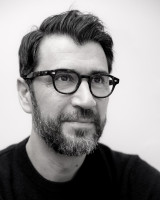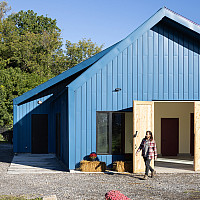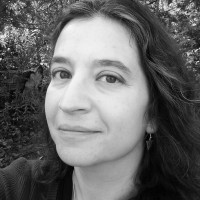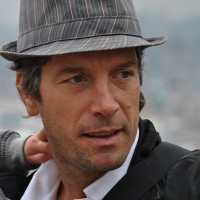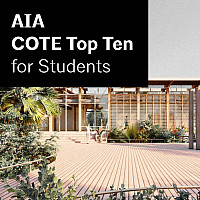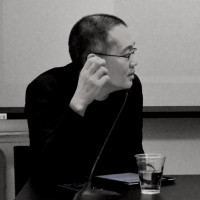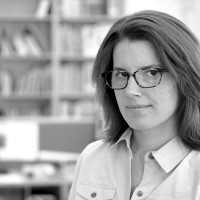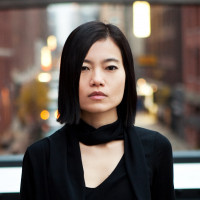Each semester, upper-level architecture students participate in the visiting critic program that brings leading architects and scholars from around the world to the school. Five studios will be held on campus this fall.
Ashley Bigham & Erik Herrmann (Outpost Office)
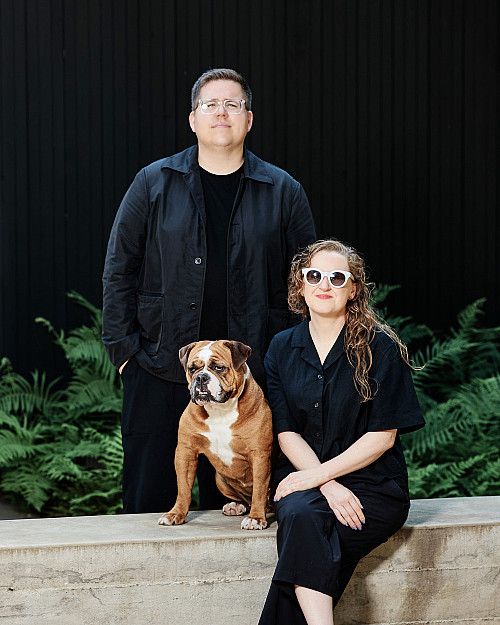
Over the past two decades, the field of architecture has undergone a pronounced chromatic shift, facilitated by advancements in digital media production. These tools have expanded the discipline’s capacity to interrogate the expressive, perceptual and representational dimensions of color.
Particular interests of this studio include color’s ability to circumvent disciplinary boundaries, its capacity to undermine conventional design approaches and its potential to defy architectural legibility. Students will immerse themselves in a broad spectrum of disciplines—including art, fashion, illustration, design, architecture and film—where color operates as a critical and expressive force. Their site of inquiry will be the former sludge beds of the Solvay Process Plant on the banks of the Onondaga Lake, where they will propose new interpretive centers that connect Syracuse’s post-industrial legacy with the material production of color.
Bigham and Herrmann will give a public lecture on Thursday, Oct. 9 at 5:30 p.m. in the atrium of Slocum Hall.
Pablo Sequero (salazarsequeromedina)
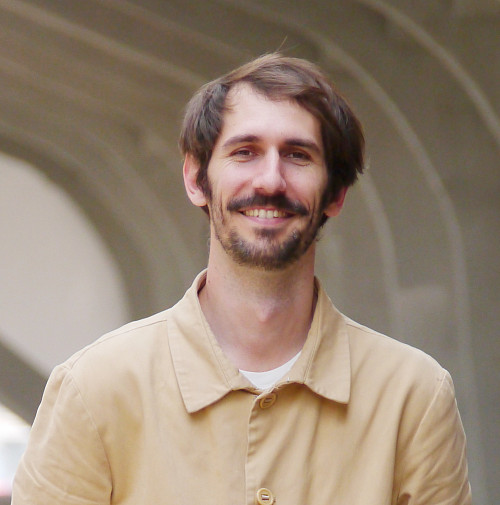
The studio is part of a multi-year campaign led by the School of Architecture in collaboration with the University of Miami School of Architecture. Together, the schools aim to foster public engagement with the urgent issue of coastal resilience, encouraging nuanced interpretations through student proposals, presentations, discussions and debates.
With a focus on flooding and sea-level rise, the studio addresses the growing need to confront the impacts of extreme weather events in coastal areas. Co-taught by Sequero and Lily Wong (University of Miami), this cross-institutional studio effort will culminate in a public exhibition in Miami running from November to December, timed to coincide with the World Architecture Festival and Art Basel Miami Beach.
Ali Chen (Ali Conchita Chen)
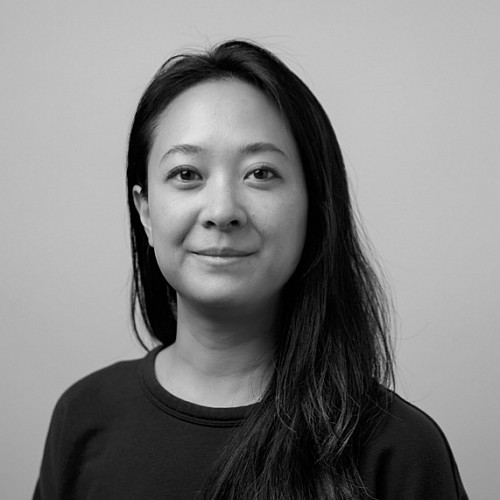
Students will consider the evolution of retail spaces, the influence of an increasingly digital world and the rise of the experience economy. Coffee shops, as liminal typologies, allow users to engage in analog rituals while working digitally, operating as semi-social sanctuaries. Within this framework, students will examine coffee not only as a product, but also as something that can be represented historically, culturally, botanically, sensorily and emotionally.
Through research and design, students will craft narratives that inform both the architecture and design operation of a commercial space—one that prioritizes experience and cultivates presence. By combining spatial design with strategies of identity-building and storytelling, the studio asks students to explore how architecture can shape memory, meaning and shared cultural engagement.
Chen will give a public lecture on Tuesday, Oct. 28 at 5:30 p.m. in the atrium of Slocum Hall.
Hernán Díaz Alonso (HDA-X) with Stephen Zimmerer (Syracuse Architecture)
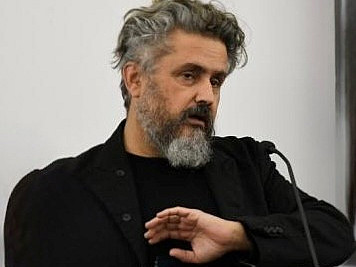
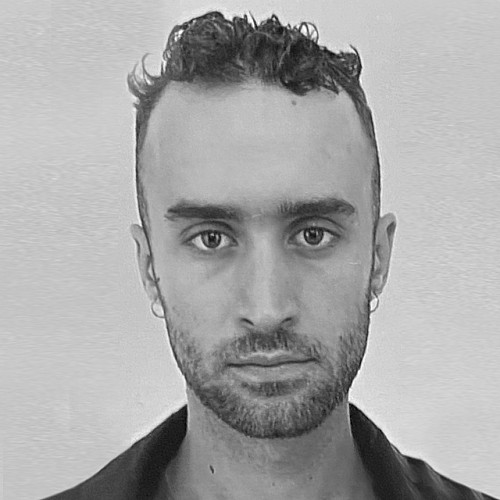
Through digital craftsmanship and critical experimentation, students will use the box as a starting point for architectural innovation, reworking this archetype to produce deeply synthetic designs that are unresolved, complex and alive. By the end of the semester, students will present a redefined Box/Casa House—one that challenges boundaries, embraces playfulness and demonstrates how architectural thinking can expand beyond orthodoxy to propose new modes of inhabiting the domestic realm.
Díaz Alonso will give a public lecture on Thursday, Sept. 4 at 5:30 p.m. in the atrium of Slocum Hall.
Fei Wang (Syracuse Architecture), Nan Wang (URSIDE Design) and Yiming Wang (Wang Yiming Studio)
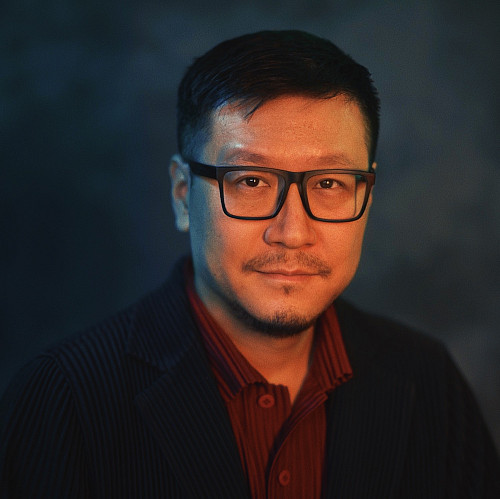
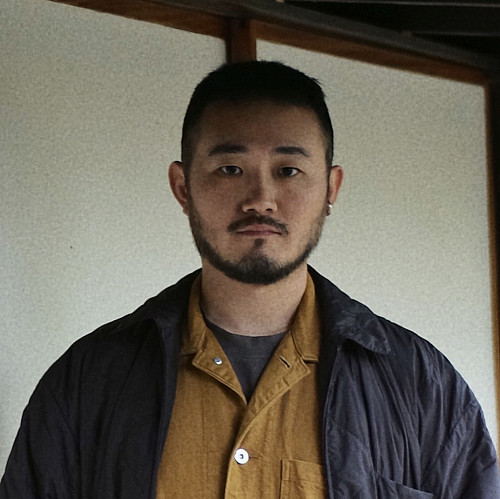

Like the phoenix rising from ashes, the studio embraces fire and erosion to prototype architectures of renewal. This is design as alchemy: transforming discipline into action, and space into place. The desert awaits.
Nan Wang and Yiming Wang will give a public lecture on Tuesday, Oct. 21 at 5:30 p.m. in the atrium of Slocum Hall.
